Hands-On: ZTE Grand S II and Iconic Phablet
Jan 8, 2014, 5:28 PM by Eric M. Zeman
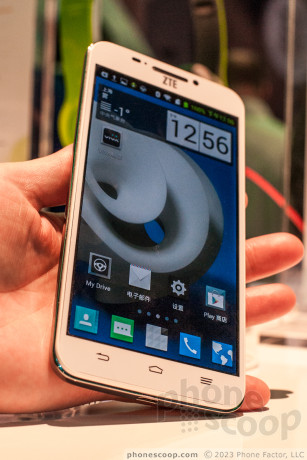
ZTE is back at CES this year with two big-screened phones, the Grand S II and Iconic Phablet. As their names imply, neither device is small in size, nor features.
Grand S II
The Grand S II is ZTE's follow-up device to the Grand S. The Grand S went on sale in the U.S. late in 2013, but can only be purchased directly from ZTE. The same will likely be true of the S II. As is often the case with sequel devices, it offers more of everything, but still manages to feel like less.
The S II is a large device. It has a 5.5-inch 1080p HD screen and the footprint to match. It is thin and light, and made of plastic. It comes off as rather cheap feeling. The phone has a black front face and either a black or white rear panel. The front is made of glass, but the rear panel, which is removable, is made from cheap plastics. It is glossy and the entire device is prone to collecting nasty fingerprint grime. (Seriously, I need to wash hands desperately right now.) I really don't care for the design all that much. It is as boring and conservative as it gets.
The screen itself looks great. It's hard to go wrong with full HD displays these days. There are three capacitive keys below the screen for interacting with the Android user interface. The capacitive keys worked really well with no problems.
There are no controls along the left edge of the phone. Instead, the volume toggle and screen lock buttons are both on the right edge. They have OK travel and feedback, but are easy to find thanks to good profiles. There is no dedicated camera button. The headphone jack is on top, and the microUSB port is on the bottom. The battery cover is removable and is somewhat flimsy. Underneath, you'll find the removable battery and slots for SIM and memory cards.
As is often the case, the Grand S II is not just about the hardware. ZTE partnered with Nuance Technologies to gift the S II with some incredible voice powers. For example, waking the device up. Users can train the S II to learn their voice and set their own catchphrase to unlock the phone. The voice unlocking feature will recognize only the user's voice. The S II also gives voice powers to the camera. With the camera open, users can say Cheese or Shoot to fire off the camera. Unlock the lock screen commands, anyone can tell the camera to fire. Last, the ZTE My Drive feature has been improved with more voice access. For example, drivers an simply say "Hell My Drive" to automatically put the S II into drive mode. Once in drive mode, owners can access music, make calls, and route directions all with their voice. The demonstrations we saw worked really well.
Whether or not ZTE can turn these software features into selling points will be the real challenge. Motorola has already tread these waters with the Google Now on the Moto X and wasn't as successful as it wanted to be.
The Grand S II may be a nice phone, but there are plenty of better ones.
Iconic Phablet
ZTE debuted the Iconic Phablet at CES this week. Yes, believe it or not, that's the device's real name. It's a mid-range, big-screened phone that provides plenty of real estate but few frills.
The Iconic has a 5.7-inch display, but only 720p HD resolution. The screen looks fairly good, but it doesn't quite live up to the quality of the smaller S II's full HD screen in terms of resolution and sharpness. That said, it is still plenty bright. The screen fills up most of the front panel, though there are capacitive keys below it and the speaker grill above.
Unlike the S II, the Iconic has al aluminum frame. The frame forms about 75% of the rear panel, and the entire outer edge. It's a nice piece of metal, and the blacks are filled in by hardened black plastic. The overall quality of the Iconic eclipses the S II in my opinion thanks to the metal frame and feel. It also looks better.
The large screen gives the Iconic an extra big footprint, similar to the Note 3 fro Samsung. It is thin and light, though. As with most phablets, the big screen makes it harder to reach the top corners of the display with your thumb. It is a two-handed devices - and it doesn't come with a stylus or any special pen-based software.
The left edge is fairly busy. It houses the SIM card port, volume toggle, and microUSB port. The volume toggle has an excellent profile and acceptable travel and feedback. The screen lock button and a dedicated camera button are both positioned along the right edge. They are small and hard to find, but have good travel and feedback. The headphone jack is on top and there's nothing but speakers along the bottom.
The UI is fast and clean, but the Iconic is free of the voice-activated features of the S II. Instead it runs a close-to-stock version of Android 4.2 Jelly Bean.
ZTE couldn't say of the Iconic Phablet will ever come to the U.S., but it is an interesting device in that it offers a large screen but won't take too big a bite out of your wallet.
Comments
No messages















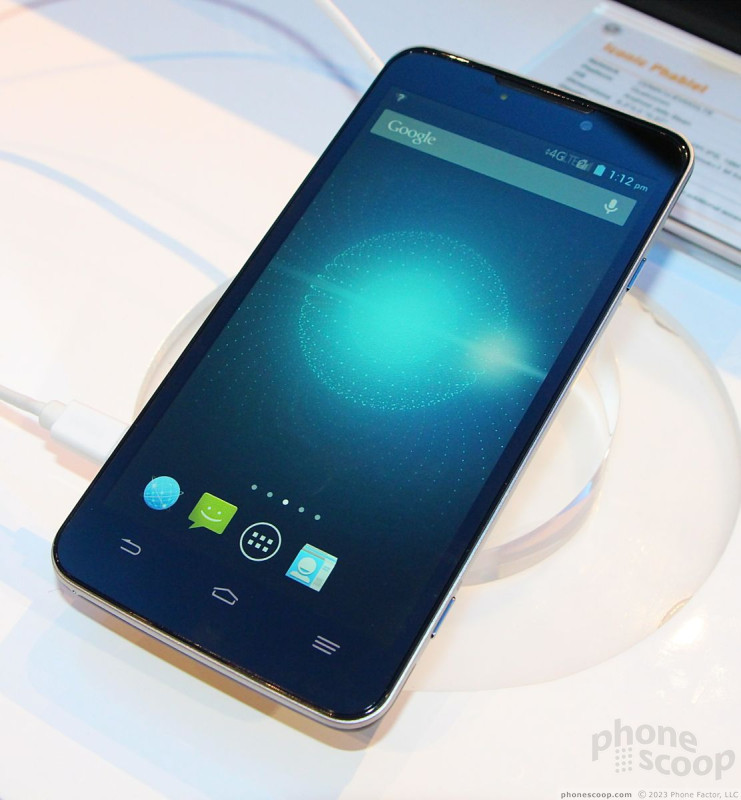










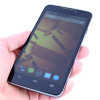 Review: ZTE Max for Boost Mobile
Review: ZTE Max for Boost Mobile
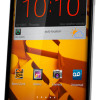 Boost Mobile Lands the Super-Sized ZTE Max
Boost Mobile Lands the Super-Sized ZTE Max
 Samsung Refreshes Galaxy S Series with S Pen, New Cameras
Samsung Refreshes Galaxy S Series with S Pen, New Cameras
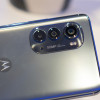 Hands On with the Motorola edge (2022)
Hands On with the Motorola edge (2022)
 iPhone 14 Plus Offers a Big Screen For Less
iPhone 14 Plus Offers a Big Screen For Less
 ZTE Max
ZTE Max



